Stefán A. R. Orschel-Read
Staff. Course Leader, Fashion Design and Fashion Communication and Branding
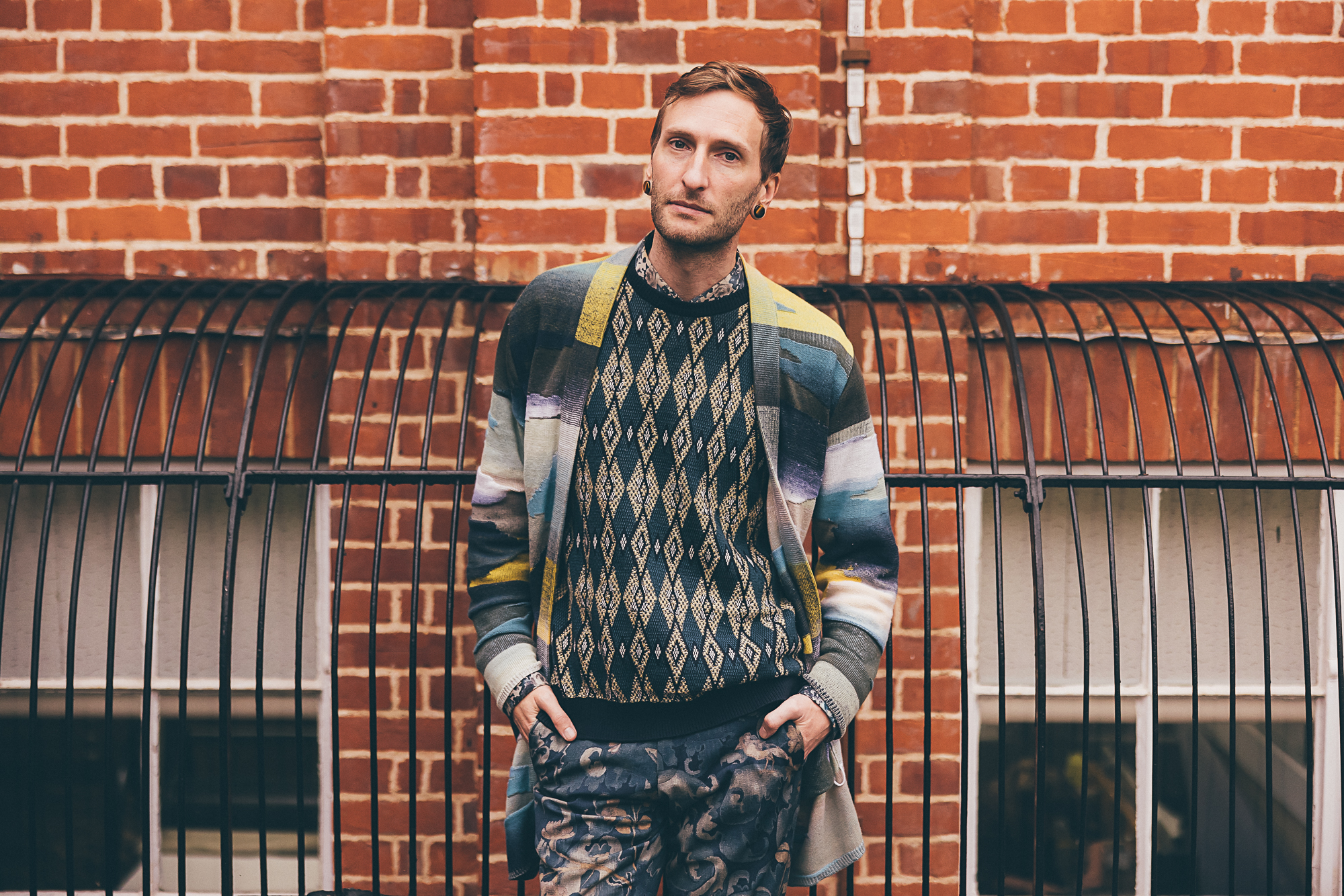
Stefán A. R. Orschel-Read is Course Leader for our BA (Hons) Fashion Design and BA (Hons) Fashion Communication and Branding, and a practising menswear designer with more than a decade’s experience of running his own eponymous fashion brand, Orschel-Read Menswear: Tailored in London. He has shown in London Fashion Week, Moscow, Italy, and retailed globally as well.
What was your background to working in fashion?
I came to studying fashion on a rather unexpected route. My first study was in psychology. I then went on to study a law degree. I’d always enjoyed the aesthetic, I’d always enjoyed crafts, but it was only after graduating from the law degree that I looked back to what I really wanted to do with my life, which was just to make the world a little bit more beautiful. Silly as that sounds, it was valuable to me. I didn’t come from an art background at school. I didn’t do an A-Level in art and design. I was a politics and sciences student, but I put together a portfolio, applied for London College of Fashion, and from there went on to Central St. Martin’s to do my BA, then finished with an MA at the Royal College of Art, also in London.
I was quite fortunate the whole way through, coming as a mature student that I was able to choose, from my foundation through to degree and my MA, to specialise in menswear design.
What one thing inspired you to do what you do now?
It’s a complex answer. I think it’s a range of things. I think that would be the truth for many of us. My mother was a painter, so I’ve grown up understanding the value of art and beauty, but it was really after graduating from my law degree that I understood that the traditional way of working for a lawyer, there’s a lot of focus on finance, that wasn’t giving me good karma, it wasn’t giving me daily joy, and fashion really was an answer to that.
My own brand is underpinned by traditional artisanal crafts, so hand tailoring and so forth. Aesthetically it’s a little bit more vivacious than a traditional Saville Row, but I would suggest that it’s a mixture of some punk elements of Vivienne Westwood, the traditions of Hardy Amies, and a flavour that’s uniquely English, and an exploration a little on gender as well, and what masculinity over the last twenty years means.
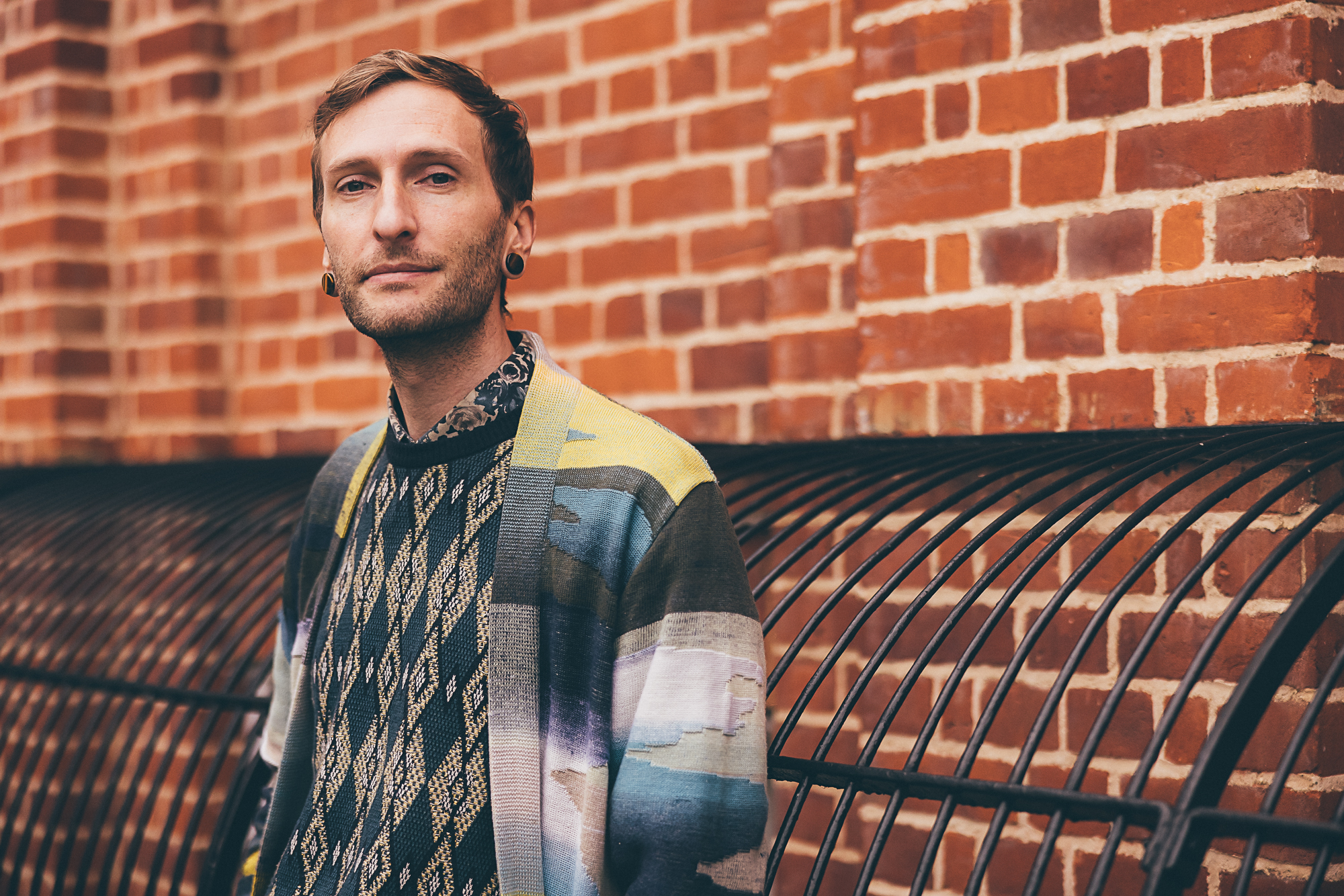
What single piece of advice would you give your younger self?
It’s something that I always share with my students: I think it’s very important from the outset to see yourself during your course of studies not as a student but as a designer. What this means is to never wait for somebody – a professor or the like – to tell you that you’re ready to go into the world. You can make that decision yourself, and it worked for me in my second year at Central St Martin’s; I put together my first collection and showed it in London.
It changes the context that you experience education from. It gives you a permission to ask wider-ranging or more penetrating questions of your mentors as well, to really try to guide your career as you see it going forwards. The collection was something I did off my own back. I think I may have used one or two garments that were created during my degree at Central St Martin’s, but I put together a collection and organised to show it.
What’s the most valuable thing you took away from education?
The most valuable thing for me that I took away from my education was a chance to receive really valuable feedback from my course mentors, and actualise that into my work. There’s a second part, and that was to meet the wonderful creative souls that study alongside you and build your creative network.
What do you think the future of fashion design, and university fashion courses, will be like?
The courses across the UK and globally will alter in respect to the fashion industry that’s forever changing. The boundaries of fashion careers are also adjusting as we go forward in this post-COVID and increasingly tech-led world. Where sometimes in the past, graduate careers were very much led to going into fashion marketing, or into fashion design, these parameters are expanding and morphing. We see careers for example in computer game costume design. I did a wonderful collaboration previously with PUBG, and our students designed the costumes for this mobile platform app. It is exciting to me that these boundaries morph and adjust.
Our courses are not only responding to the industry, but they also lead areas of the industry, and we look to several areas of importance: sustainability is becoming more and more addressed. We understand the polluting history of fashion, and that has to change, so we build that into the DNA of our courses. Our courses are specialist, where we look to developing pathways for students to support their specific interests, rather than just a broad and shallow experience of fashion. We, particularly at Anglia Ruskin, delve deeper into the industries with specialisms.
ARU feels very strongly about interdisciplinary collaboration. We’re building that forevermore into our degrees across Cambridge School of Art. One of the exciting things that I’m doing with my role is looking at developing a portfolio of courses that will include some fashion-led courses that will really work with interdisciplinary collaboration.
What’s your favourite piece that you’ve created?
That would be hard. Fashion designers are famously self-critical. But I think perhaps one of the most iconic pieces I’ve created was from my first couture collection I showed at London Fashion Week, that was worn by Lady Gaga about a decade ago, and it was the first time she’d ever worn trousers. It led to some quite interesting career opportunities, that just underpinned that living and working within fashion, unexpected things and opportunities arise.
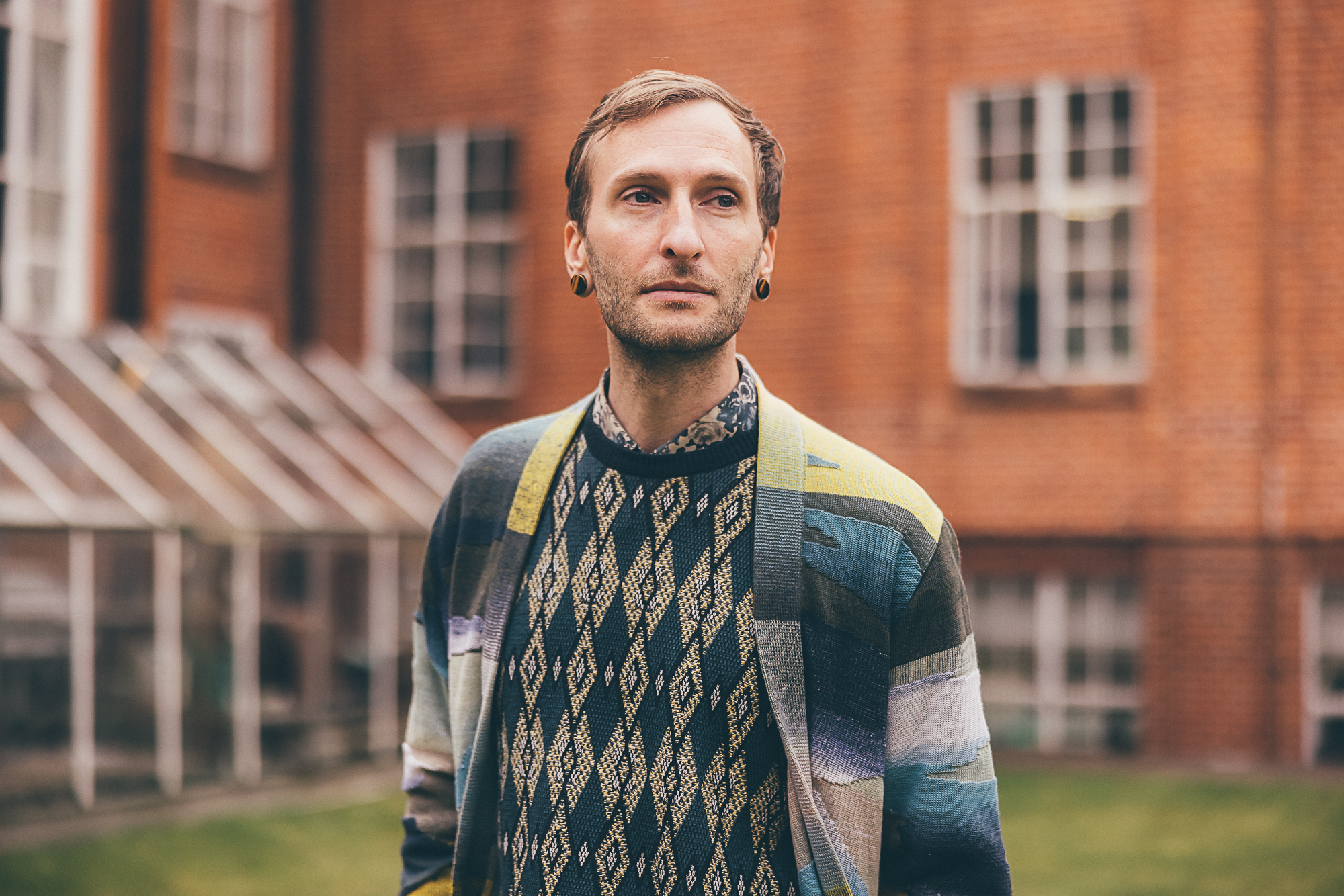
What’s the most interesting thing you hope to do in your role?
I think it’s not about the most interesting, it’s the most important, and that is to shape the opportunities for the next generation of creative individuals, and that really is the same answer that most of my colleagues would give as well. We’re obsessed with opportunities for students.
What’s important to understand when you choose a creative career is that these careers are long lasting and that, for us, as mentors and guides, it’s important to equip the students with strong employability skills. These are skills for life, and careers that can be for life as well, so it’s about being business-savvy, market-savvy, competent in undertaking physical production of work. It’s really about ensuring our students are equipped with all the necessary skills to go out into the industry and be leaders.
How does any work you do outside the university tie in with your work at ARU?
Outside of the university, I am an educator and I’m a practising designer, and that is extremely important to make sure that I still have my finger on the pulse of what’s happening globally, within fashion and design generally, and be able to use that to shape the experiences of the course for students.
One of the really useful platforms I find is actually not on traditional social media, but to look to somewhat niche websites, things we’re actually unused to looking at, because so much often is delivered in a kind of wholesome package on Instagram, but it often misses the heritage, or the story, of the designers. For me there’s one excellent platform which is called notjustalabel.com. It features a lot of emerging and independent designers, with the opportunity to purchase work, to display work, and for the designers to publish stories around the collections, and the brand DNA. That’s a wonderful platform, and then from there I enjoy going on to the individual designers’ websites, exploring their aesthetic. Fashion is not just garments - it’s also the way you communicate and brand your work, and to read through those you often understand the approach to the design work, and that’s really important for designers, not to look to ape another creator, but perhaps to understand an approach or a unique perspective on the context of the work that’s created.
Understanding a designer is critical to understanding their output. I think the biggest challenge within fashion, and perhaps the biggest success when it comes through, is to distil your own identity into your work. It becomes what we call a brand signature. First of all, it becomes a design signature, and eventually develops into a brand identity, and there’s no-one better at being you than you, but it’s also not an easy task to understand what elements and how to distil your identity into your work. It’s an extremely exciting moment when it does come through. It’s very authentic, and that’s what we look for evermore in this context of COVID and post-COVID industry: authenticity and craft.
What are the advantages of Cambridge for studying Fashion Design?
Cambridge is a wonderful choice of where to study. It’s a young student town, so there’s so many creative individuals. Cambridge School of Art is kind of a microcosm that really represents the industry, where interdisciplinary collaboration is ever at your fingertips. It’s also a heritage institution, and that really ties into some of the values that the consumer has expressed. After a year of isolation, we quest for things that are authentic, we quest for items that are comfort-led, and it’s made us re-evaluate what is valuable to us within a fashion apparel item, and it comes again to artisanal qualities, regional crafts, and an appreciation for slow fashion.
Where now
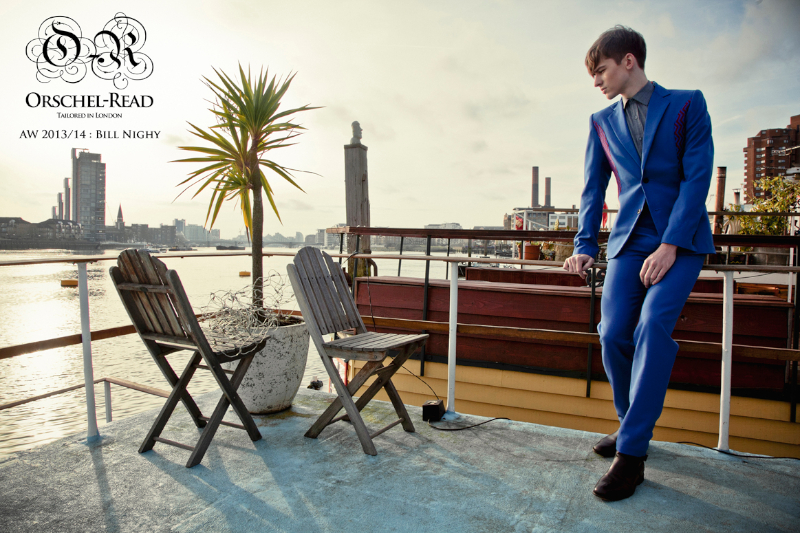
External website
Orschel-Read: Tailored in London
The Orschel-Read collections, all designed and produced in-house in London.
Visit website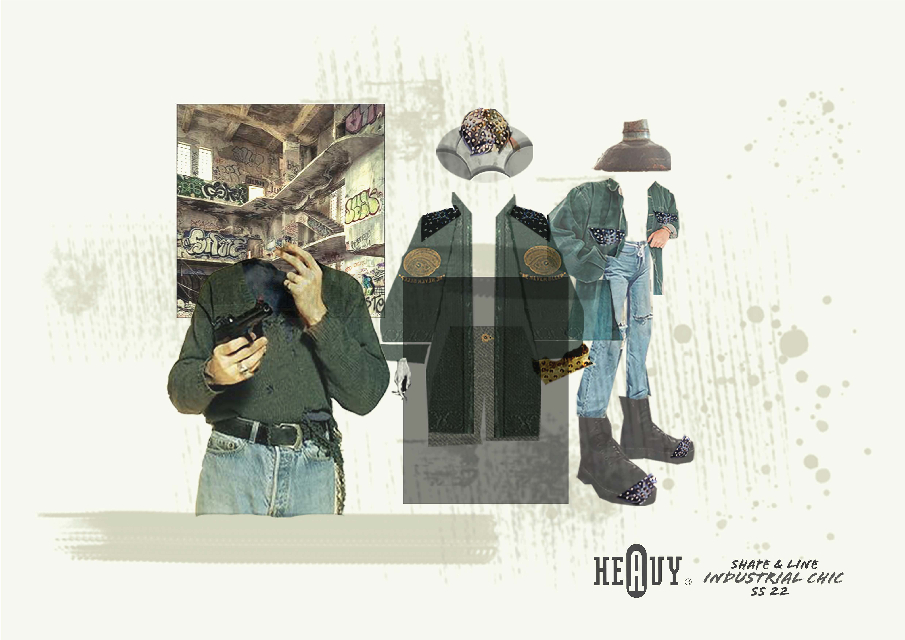
ARU website
BA (Hons) Fashion Design
Create your own fashion designs from Year 1 in our workshops at Cambridge School of Art, and launch your career with a professional portfolio and stand-out final collection.
Visit website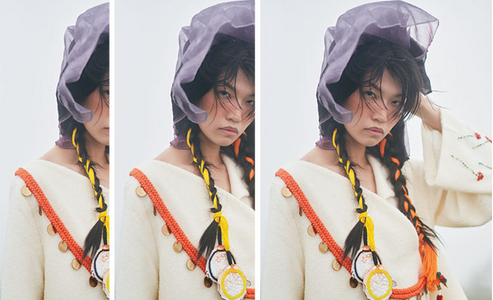
ARU website
BA (Hons) Fashion Communication and Branding
Forge an international career in the £1.5 trillion fashion industry. Specialise in luxury branding, fashion journalism and PR, or fashion marketing and management.
Visit website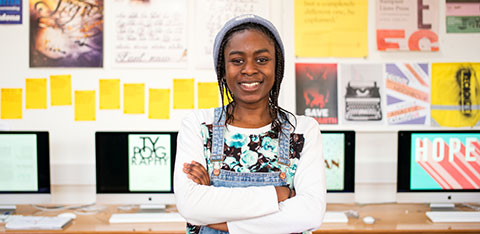
ARU website
Cambridge School of Art
Combining the traditions of our past with the possibilities afforded by the latest technologies, we nurture creativity through experimentation and risk-taking to empower the makers and creators of the future.
Visit website